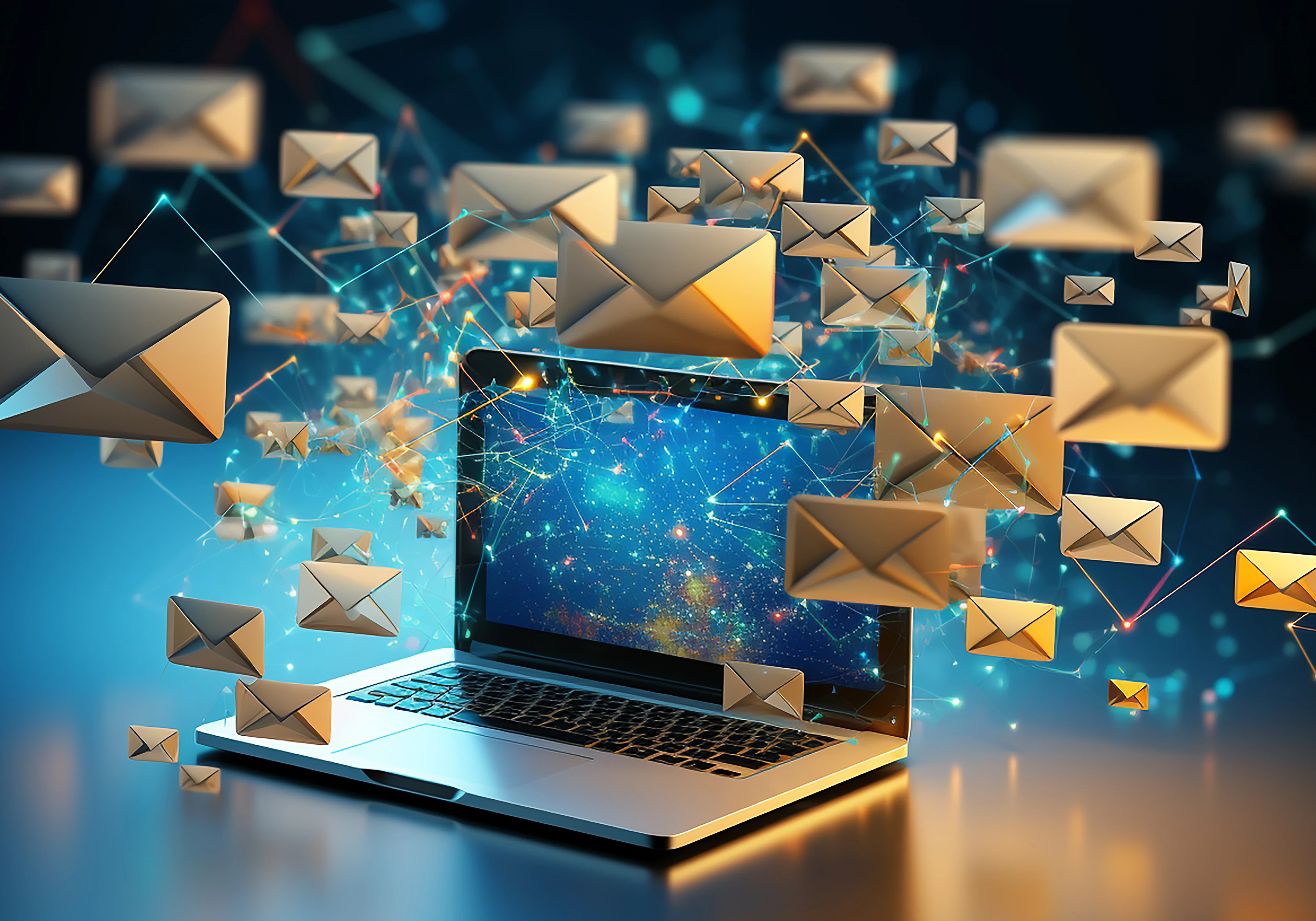
How to Generate Leads Through Email Marketing
24 April 2025
5 min
3

Did you find the article helpful?
3
0



